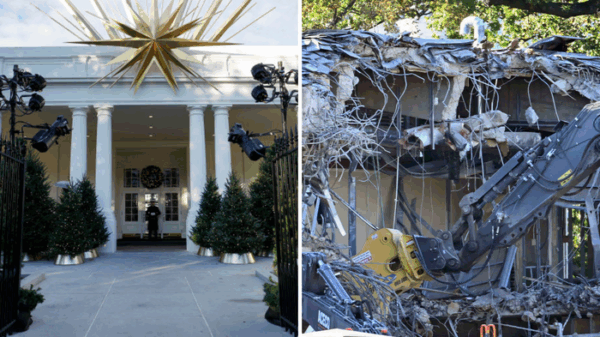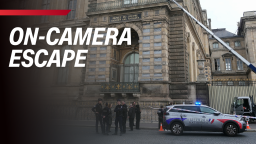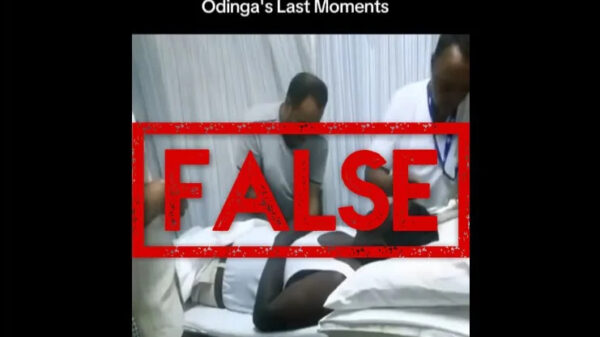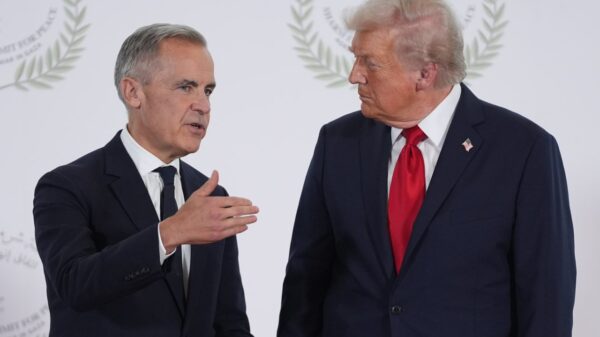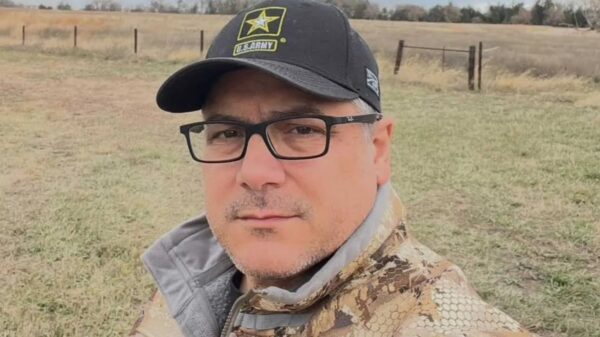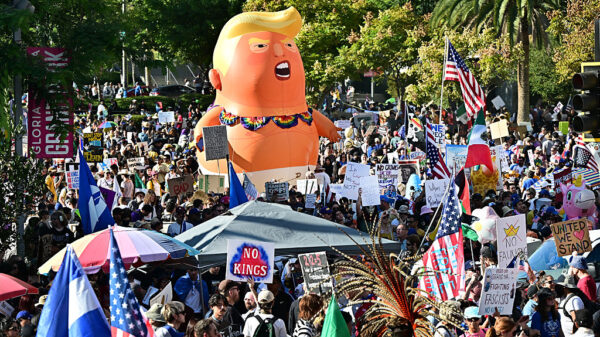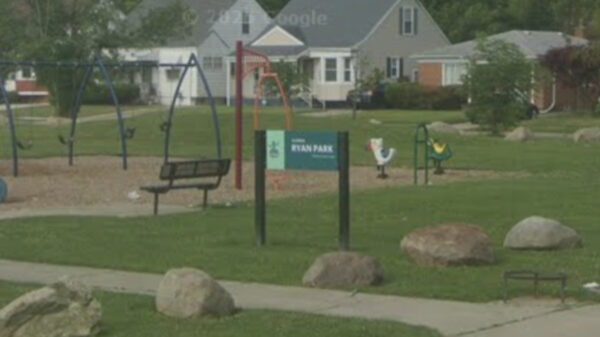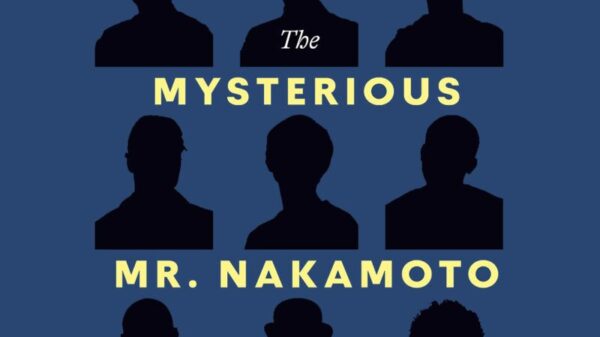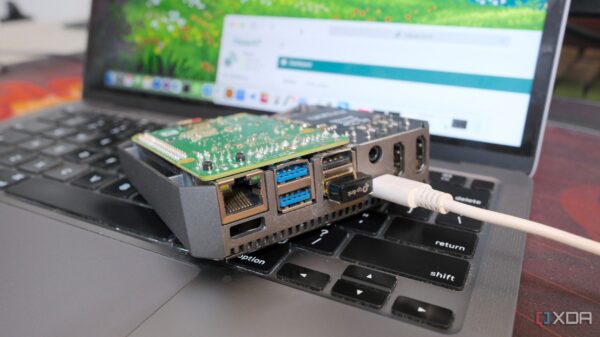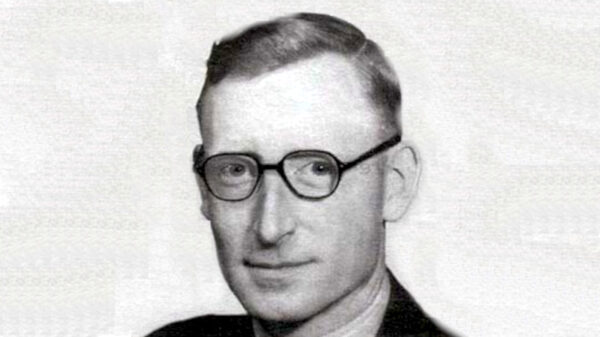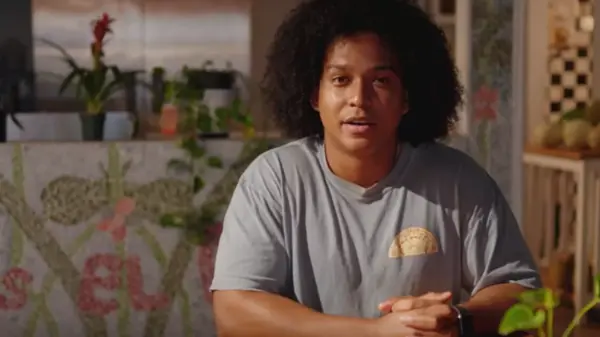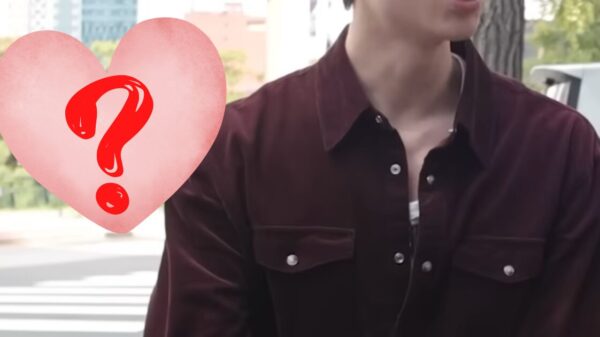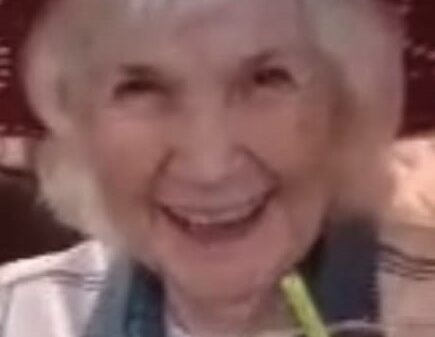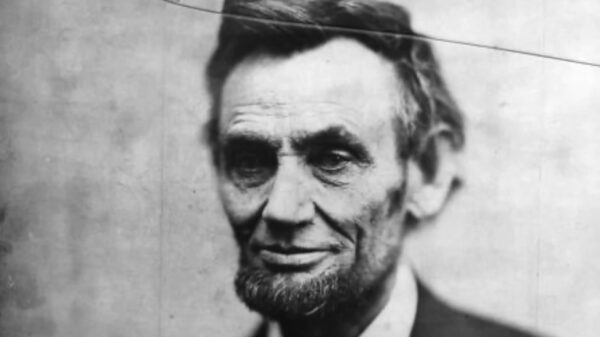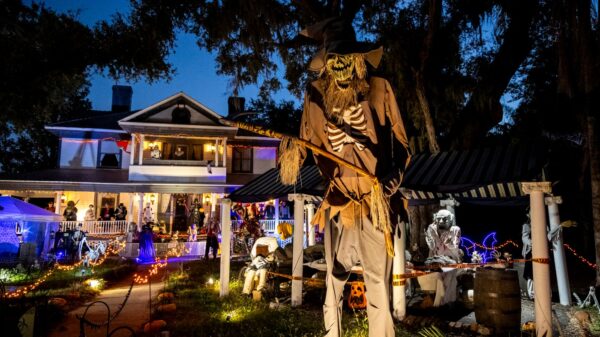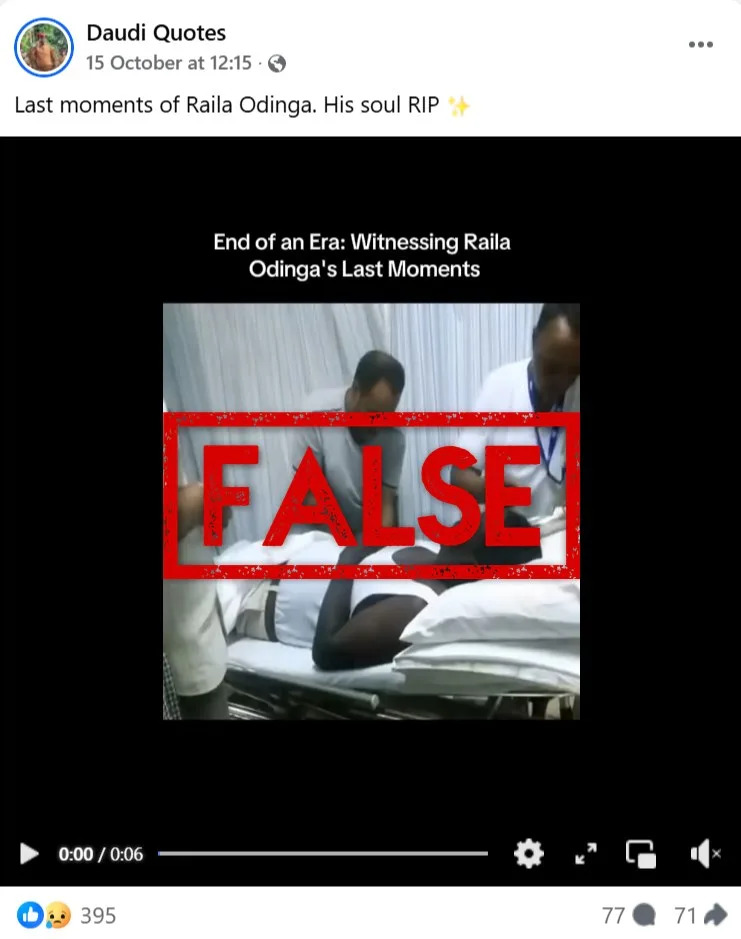Raila Odinga, the former prime minister of Kenya, died on October 15, 2025, reportedly due to cardiac arrest while receiving treatment in India. Following his death, a wave of misinformation spread across social media, with users sharing manipulated videos and images claiming to depict his final moments. These posts have been debunked, revealing misidentified individuals and locations, as well as manipulated content created using artificial intelligence tools.
Odinga, affectionately known as “Baba” (father) by his supporters, passed away in Kerala, India, at the age of 80. His body was repatriated to Kenya, where tens of thousands gathered at the airport to pay their respects. In response to his passing, President William Ruto declared a seven-day national mourning period. Odinga’s body lay in state at the Kenyan parliament, with additional public viewings held in Nairobi and Kisumu. Tragically, at least five people died and dozens sustained injuries in crowd surges during these mourning events.
Odinga was laid to rest on October 19 at his family homestead in Bondo, following a state funeral service held in Nairobi. The ceremony included full military honors and was attended by numerous African dignitaries. Born to Kenya’s first vice president, Jaramogi Oginga Odinga, he played a crucial role in the country’s political landscape, especially in the fight for multiparty democracy in the 1990s.
False Claims and Misinformation
The misinformation surrounding Odinga’s death began almost immediately. One widely circulated video claimed to show his last moments in a hospital. The clip portrayed him lying on a bed as medical staff covered him with a white sheet, captioned “End of an Era: Witnessing Raila Odinga’s Last Moments.” However, an investigation by AFP revealed that this clip featured an old image from 2017, when Odinga was hospitalized for dehydration after addressing political rallies. The original photo had been manipulated into a video format using AI tools, as evidenced by inconsistencies in visual details.
Another false narrative emerged with a clip that allegedly showed Odinga’s widow, Ida Odinga, mourning at their rural home in Bondo. The clip depicted a woman in a red dress crying loudly, but contrary to the claims, Ida was actually in their home in Nairobi at that time. She arrived in Bondo only on October 18, and credible sources confirmed there was no footage of her publicly mourning before that date.
As Odinga’s remains were transported to Kisumu for public viewing, further misleading content surfaced online. One clip purported to show mourners in Kisumu chanting in honor of Odinga. However, AFP fact-checking revealed that the footage was actually from 2019, depicting protests in Haiti, not related to Odinga’s death.
AI-Generated Images and Misattributed Footage
In the lead-up to the public viewing in Kisumu, images claiming to show large crowds mourning Odinga circulated widely. A prominent post displayed a supposed vigil with a banner reading, “Baba we love you.” However, this image was traced back to a TikTok account known for sharing AI-generated visuals, raising questions about its authenticity. Furthermore, an aerial view purportedly showing Jomo Kenyatta Stadium during the public viewing was also misrepresented, as it did not match the stadium’s actual design.
Despite the significant turnouts at the public viewings, credible media coverage provided a clearer picture of the events, showcasing the emotional response of Kenyans to Odinga’s passing. Local media, including NTV, captured crowds gathering, but their footage highlighted the stadium’s true structure, which differed from the manipulated images circulating online.
The rapid spread of misinformation following Raila Odinga’s death underscores the challenges of verifying information in today’s digital age. As audiences grapple with the influx of manipulated content, the importance of credible sources remains paramount in navigating these complex narratives.

